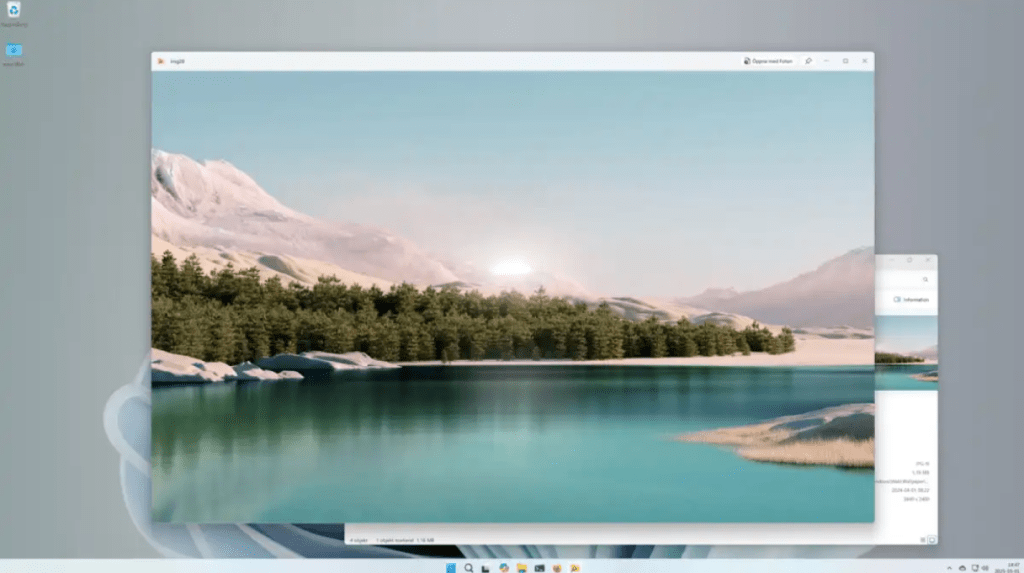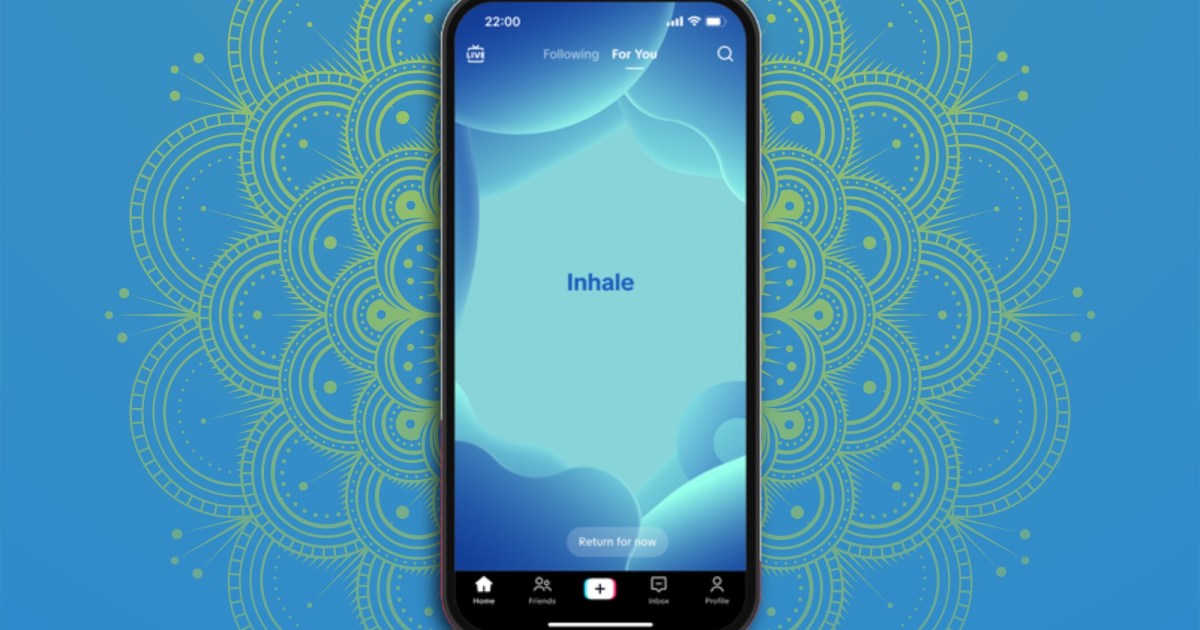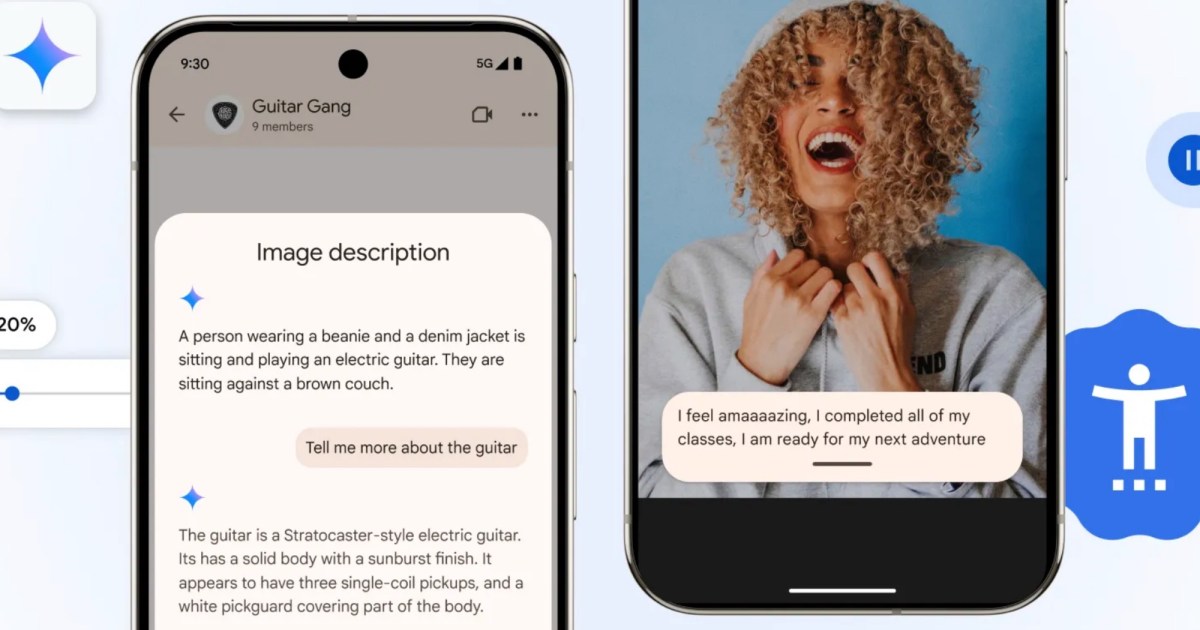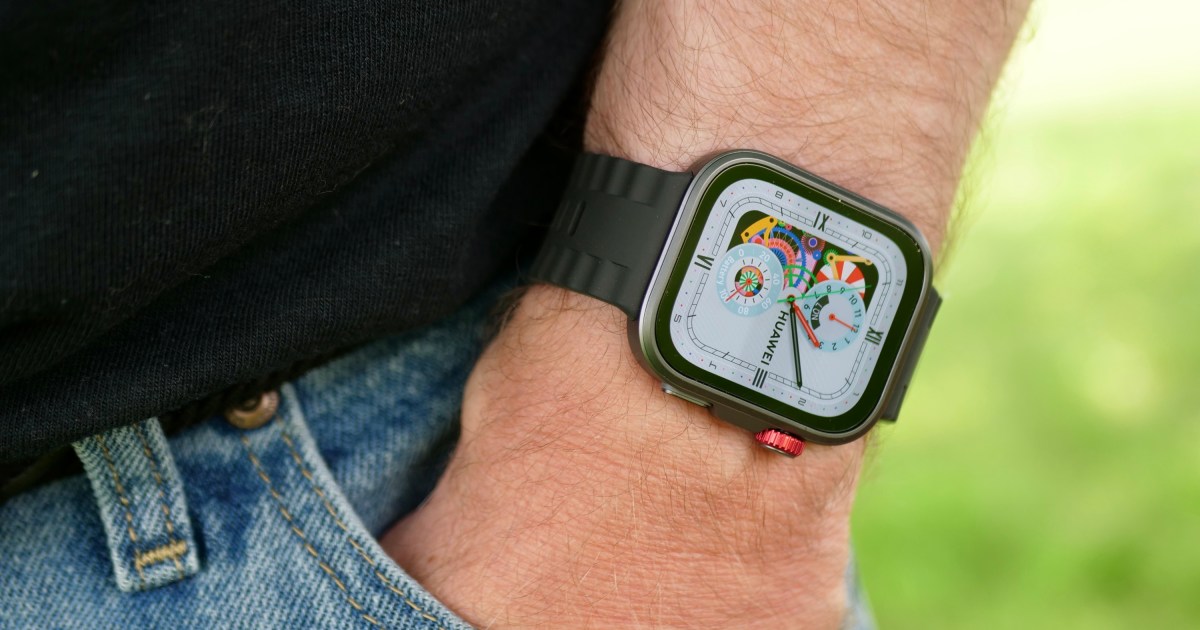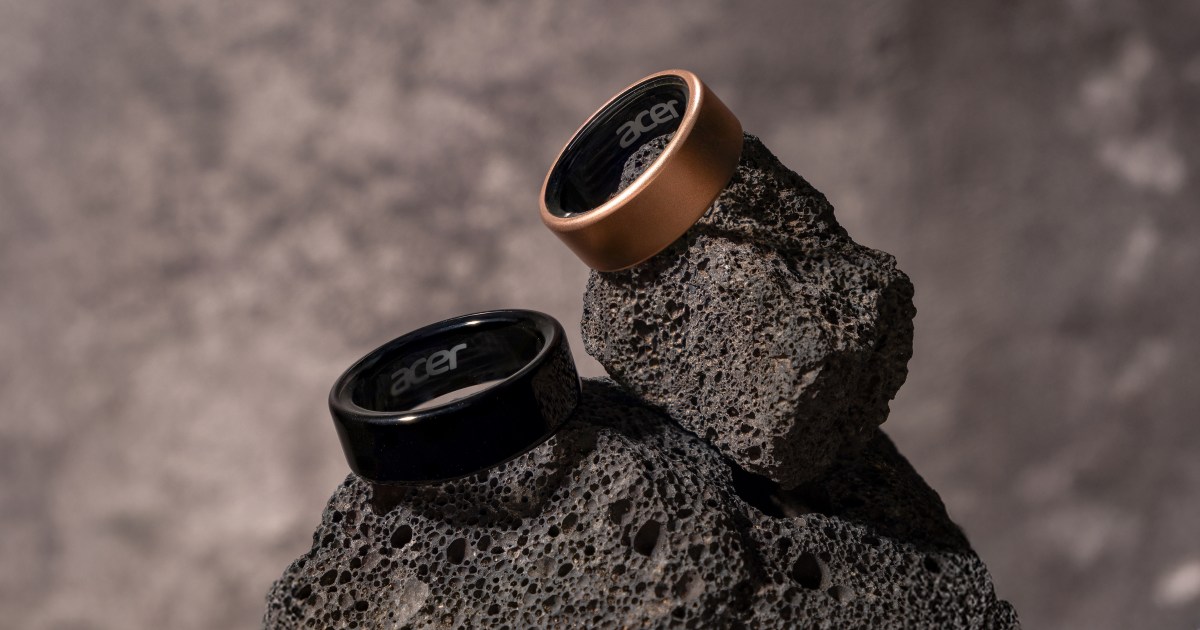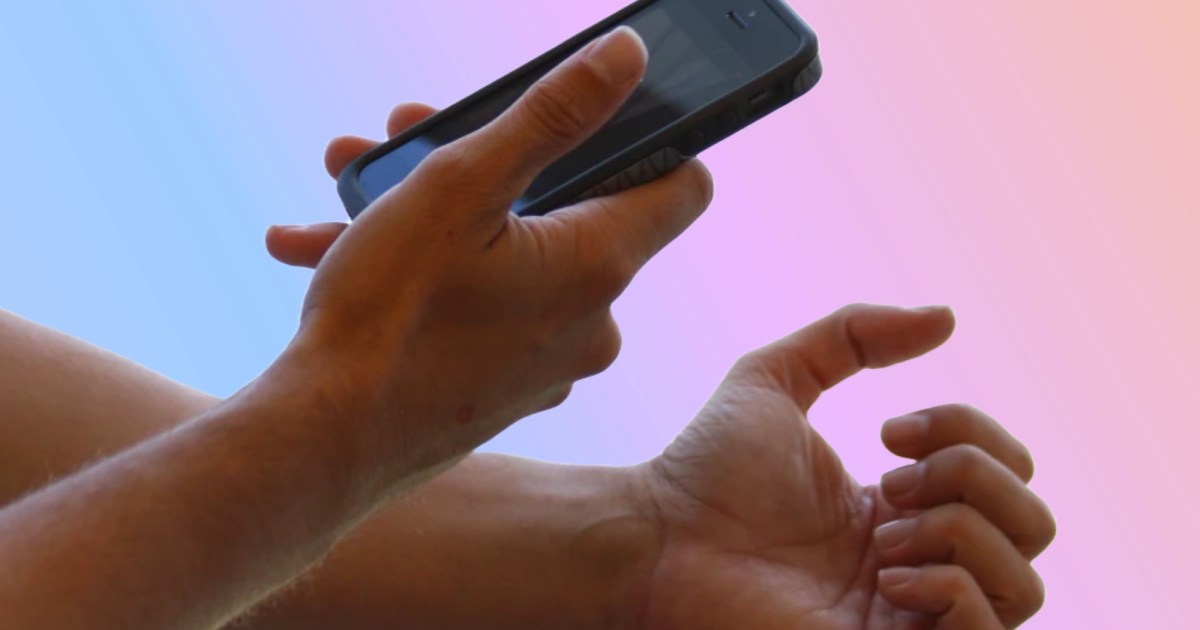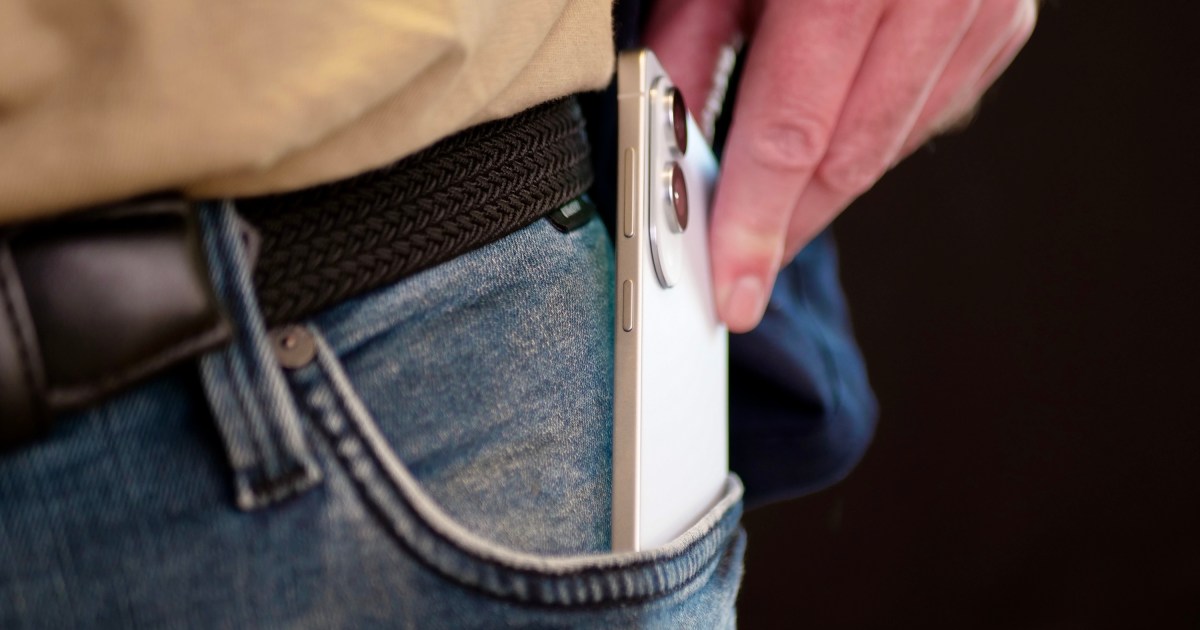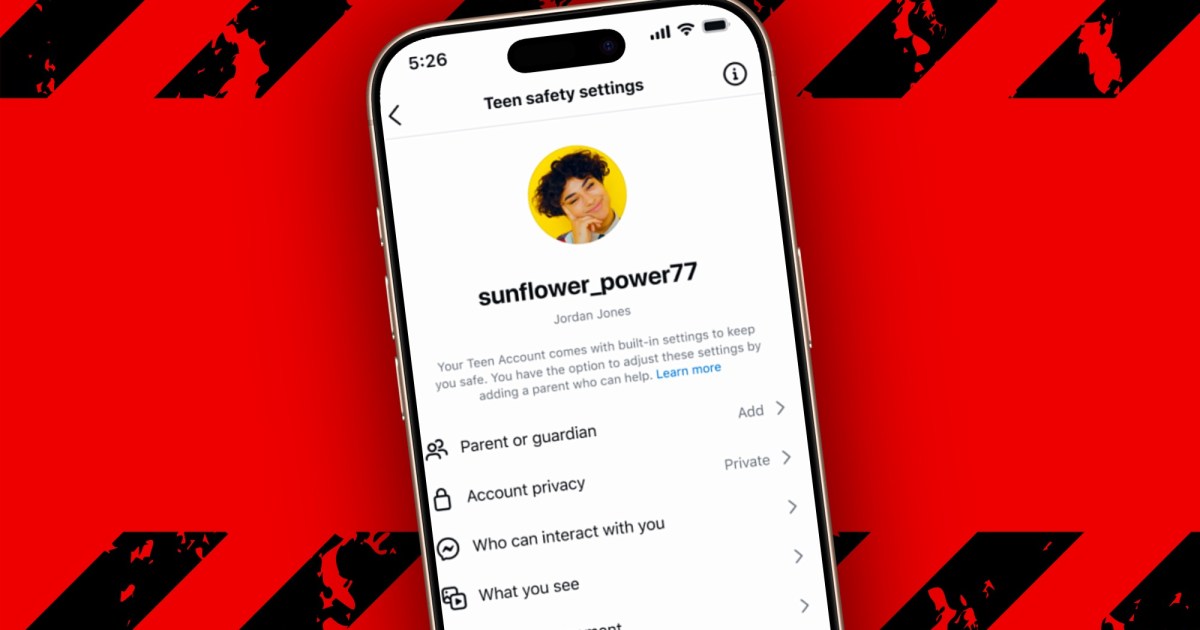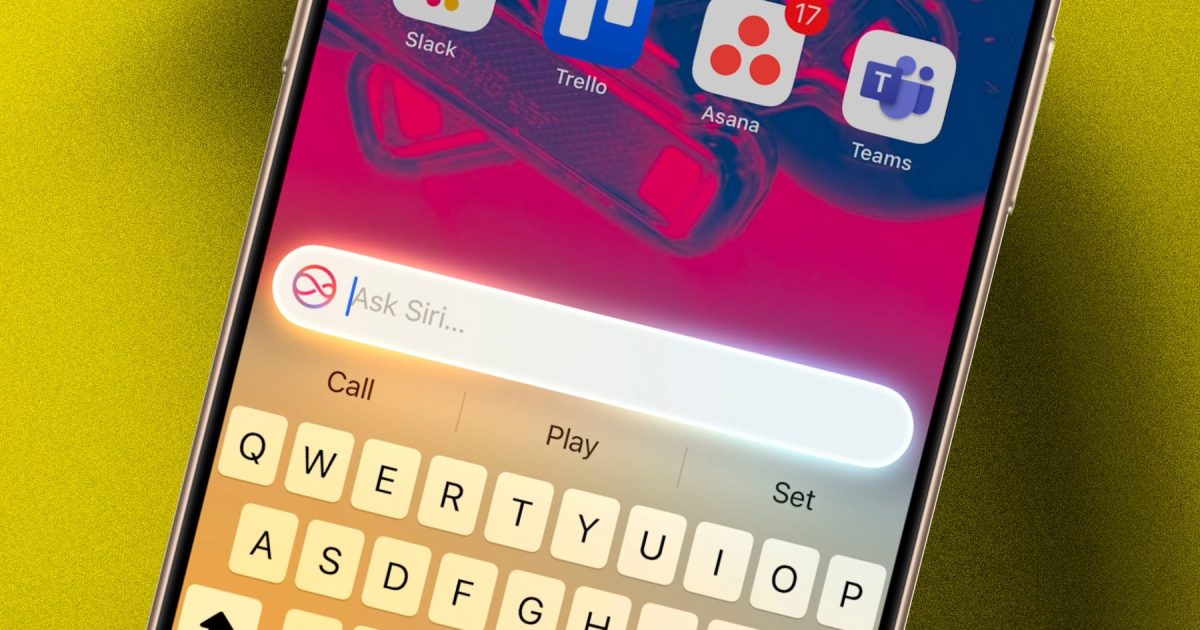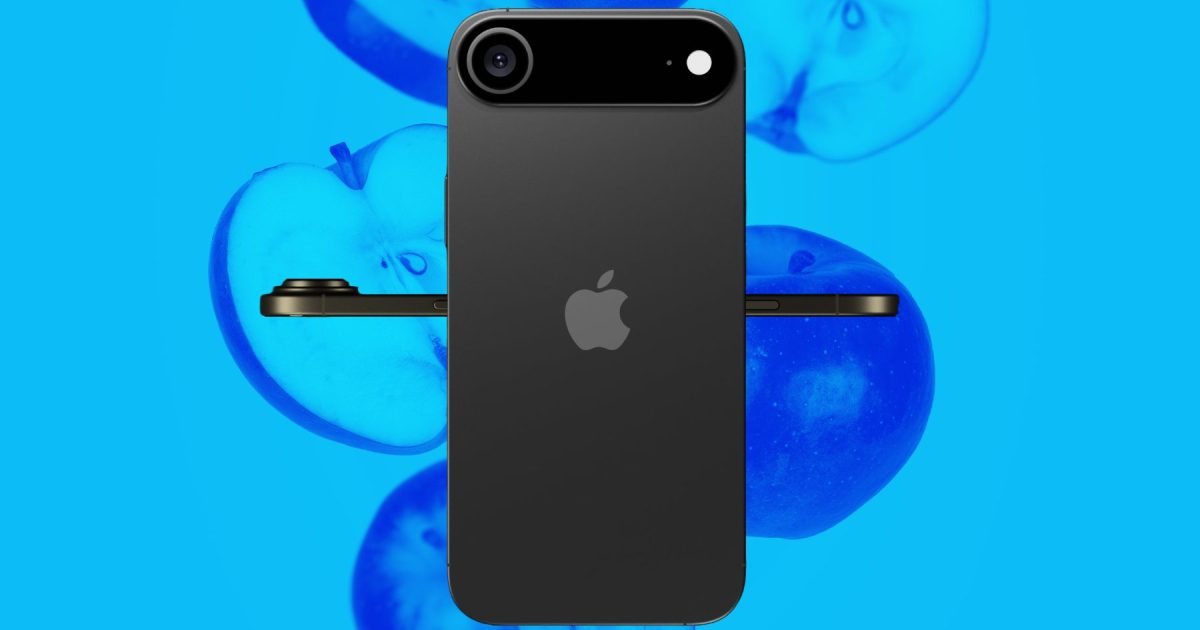TikTok, often criticized for contributing to digital addiction among young users, has introduced guided meditations and wind-down prompts to address these concerns. This feature, while available to all users, will be enabled by default for those under 18.
How Does TikTok’s Meditation Feature Work?
TikTok’s new system aims to interrupt excessive late-night scrolling. For users under 18, if they’re active on the platform after 10 PM, their “For You” feed will be interrupted with a guided meditation exercise designed to encourage winding down for the night. If the initial prompt is ignored, a second, more persistent message will cover the entire screen. This builds upon a previous feature launched just over a month ago, which nudged teens to close the app after 10 PM accompanied by calming music.
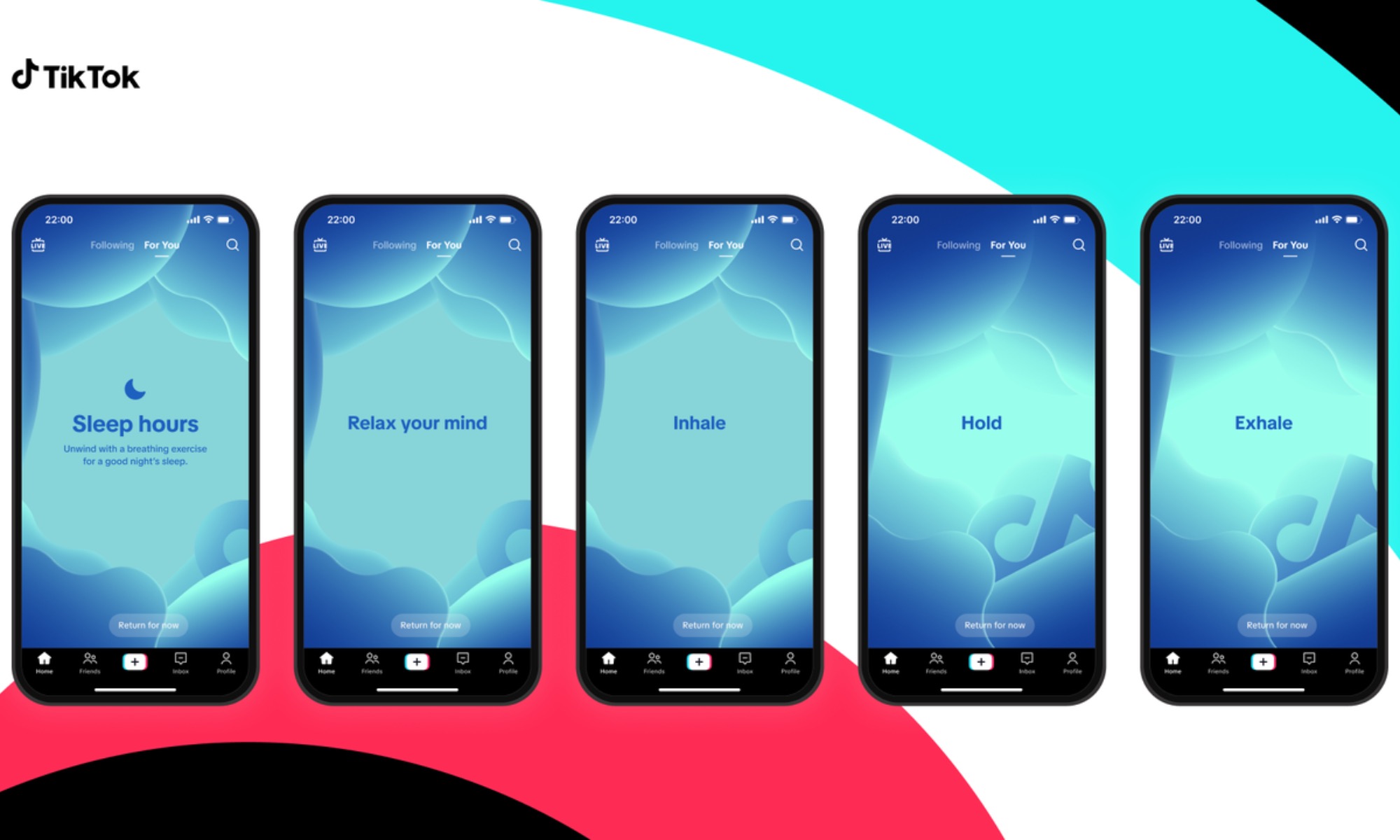
TikTok reports that in their research, 98% of young users in the test group kept the guided meditation feature enabled. Adult users can also activate this feature through the Screen Time settings within the app. This approach aligns with a growing trend of incorporating mindfulness and relaxation tools into digital platforms, similar to breathing exercises found on smartwatches and fitness trackers.
Can Guided Meditation on TikTok Really Help?
Extensive research highlights the negative impact of screen time before bed on sleep quality across all age groups. A recent study published in the JAMA Journal found that using screens in bed is linked to a 33% higher prevalence of poor sleep.

Another study in Frontiers Psychiatry revealed a 59% increased risk of insomnia in young people and adolescents who use screens in bed, with each additional hour increasing the risk by 63% and reducing sleep time by an average of 24 minutes per day. Conversely, research on meditation and behavioral changes indicates that establishing a routine to limit digital engagement at night and incorporating meditation can significantly improve sleep quality and promote mental calmness.
TikTok’s Commitment to Digital Wellbeing
Given TikTok’s vast user base, particularly among teenagers, this new feature represents a potentially positive step towards addressing digital wellbeing. To further enhance its efforts, TikTok is collaborating with health experts and investing more resources in digital health initiatives. This proactive approach may help mitigate some of the concerns surrounding the platform’s impact on young users’ sleep and mental health.

